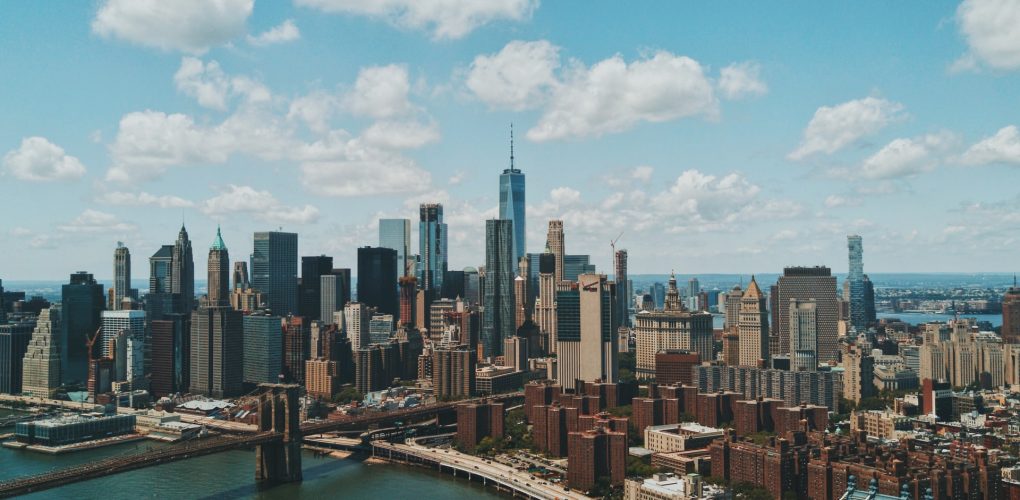Bridges in cities of all sizes across the United States are critical links in the transportation system. They carry millions of people to work, kids to school, goods to market, and customers and clients to businesses every day. Worn down by extremely heavy traffic, they are seriously at risk, as these vital connections could be broken at any time. Things are getting worse as the bridges age and continue to deteriorate while they wait for infrastructure funding to kick in and they get prioritized for renovation, rehabilitation, or replacement.
The failure to maintain bridges in urban areas is having a major impact on business in cities across the United States. Examples of recent bridge closures and failures that have impacted businesses include:
- I-35 W bridge in downtown Minneapolis, Minnesota.
- I-40 bridge over the Mississippi River in Memphis, Tennessee.
- Sherman Minton bridge over the Ohio River between Louisville, Kentucky, and New Albany, Indiana.
- Third Avenue bridge in Minneapolis, Minnesota.
- Rant Drive bridge in Boca Raton, Florida.
While states decide which bridges will be prioritized for infrastructure funding projects, businesses and residents will continue to be at risk until work is completed.
Transportation for America completed an analysis of the National Bridge Inventory, a database that contains complete information about the condition of bridges in the United States. It’s produced annually by the Federal Highway Administration. The analysis found that one out of nine bridges in the U.S. has been rated structurally deficient. A bridge in this condition is in need of more frequent and costly monitoring and inspections, and critical maintenance, rehabilitation, or replacement must happen as soon as possible.
Transportation America had a unique insight when conducting its analysis of bridges in the 102 largest metropolitan areas in the United States. It compared structurally deficient bridges in those cities to the ubiquitous McDonald’s fast food restaurant chain.
The study found that there are more than 18,000 structurally deficient bridges in the top 102 metro areas. Yet there are only about 14,000 McDonald’s across the country. That means you’re more likely to encounter an at-risk bridge in a city than a McDonald’s. Think about it: How often do you drive past a McDonald’s every day?
Similarly, McDonald’s serves approximately 25 million people in its U.S. restaurants daily. Contrast that with the more than 210 million trips taken across deficient bridges in major metros every 24 hours. Even though the fast food chain serves something to 7.5% of the U.S. population daily, it’s many times more likely that someone will cross an unsafe bridge than purchase a hamburger, coffee, shake, or anything else at the golden arches.
Deficient bridges in the largest 102 metropolitan areas carry three-quarters of all traffic in the United States daily. This leaves the people and the businesses in these cities vulnerable to significant interruptions that could impact their daily lives and their ability to conduct business.
How the states and metro areas compare
Pennsylvania leads all states, with six metropolitan areas with a relatively high percentage of deficient bridges. Pittsburgh is number one in Pennsylvania, with more than 30% of its bridges rated deficient. That’s higher than the Pennsylvania state average of 26.5%. It is important to note that these statistics would be more extreme without the intensive bridge repair program implemented by Pennsylvania over the last several years. It increased its state funding for bridge maintenance by fourfold. This happened well before the Biden administration passed its infrastructure bill because the situation in the state was so dire.
California is the number-one state for busiest deficient bridges. In Los Angeles, the car capital of the U.S., just under 400 cars drive across a structurally deficient bridge every second of every day, on average. When ranking metros by the absolute volume of traffic crossing deficient bridges, California regions take several of the top spots.
Here’s a ranking of metro areas by size with the highest percentage of deficient bridges.
Cities with the most structurally deficient bridges
| Rank | Metro | Percentage of deficient bridges | Total deficient bridges | Daily traffic on deficient bridges |
| 1 | Pittsburg, PA | 30.4% | 1,133 | 4.9 million |
| 2 | San Francisco, CA | 20.9% | 380 | 15.6 million |
| 3 | Philadelphia, PA | 20.0% | 907 | 9.3 million |
| 4 | Sacramento, CA | 15.0% | 211 | 5.1 million |
| 5 | Riverside, CA | 12.2% | 296 | 5.0 million |
| 6 | Kansas City, MO | 12.1% | 617 | 5.0 million |
| 7 | Boston, MA | 11.7% | 308 | 7.8 million |
| 8 | Detroit, MI | 11.5% | 286 | 4.0 million |
| 9 | Cleveland, OH | 11.4% | 213 | 2.4 million |
| 10 | New York, NY | 9.8% | 778 | 17 million |
What’s next?
States and metros across the United States must prioritize where and how they spend their Biden infrastructure dollars. While some rural viaducts are seriously vulnerable, those in larger metro areas that get higher traffic volume put more people and businesses at risk. It’s critical that the right choices get made — and projects completed — to provide the greatest benefit to the most taxpayers.

